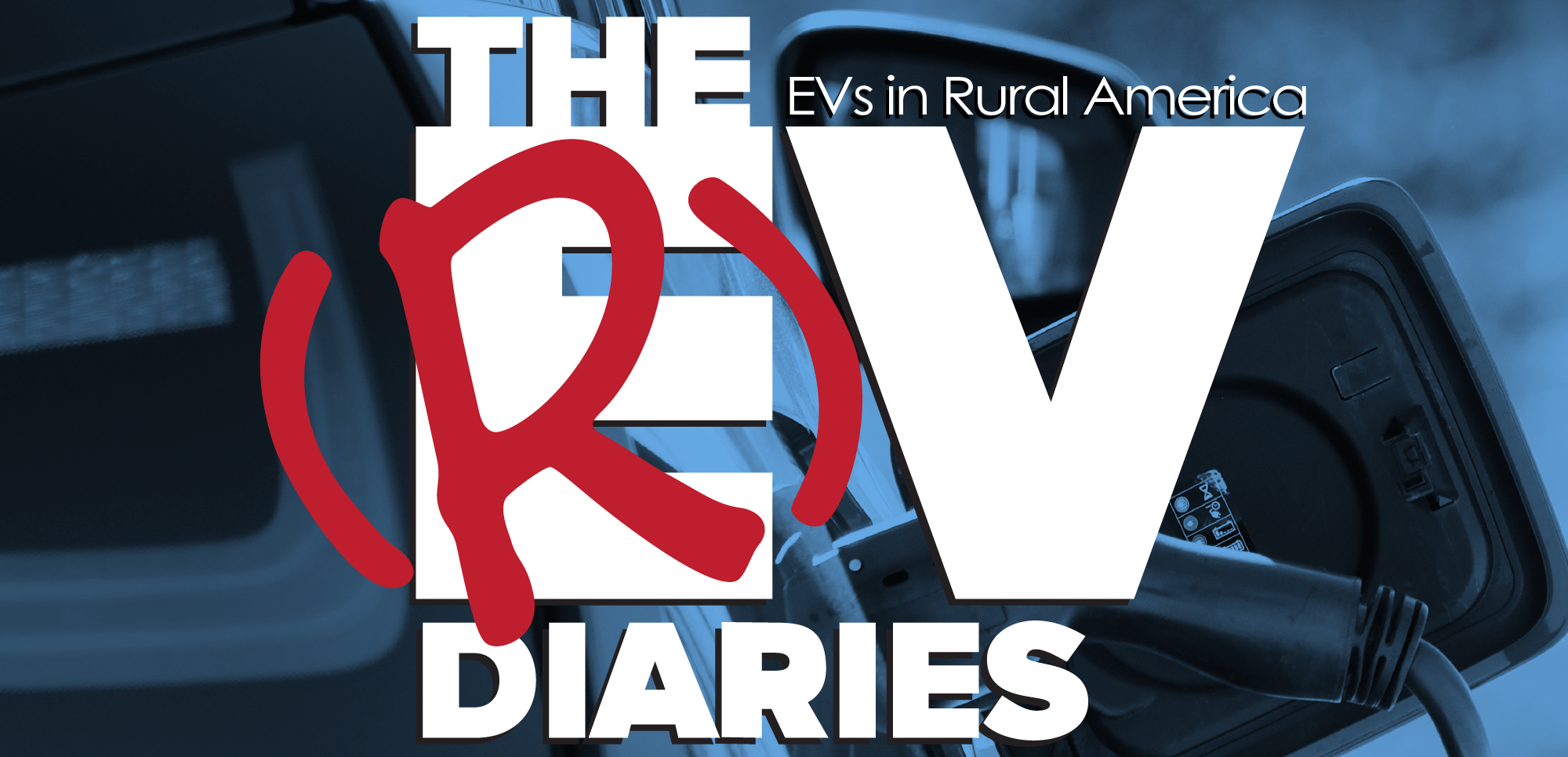Continuing our discussion of presentation by Rappahannock Electric Cooperative* showcasing their perception of the problem they face and what their system may look like in 2023. Brent and Ben continue to explore why charging an F-150 Lightning at 80 Amps would seem beneficial, but there are other considerations to keep in mind.
Charging at Level 2 at 80A may require some serious upgrades to, not only, your service entrance but possibly the transformer on the utilities side of the equation. Hopefully it won’t, but it’s worth having a conversation with your utility and a qualified electrician before driving off the lot.
We want your EV experience to be positive, so we’re just pointing out pitfalls. There are significant cost benefits to EV ownership and upgrades will pay for themselves in time, but it pays to understand and plan instead of presume and react.
For the record, the “S” in EVSE stands for Supply. (Duh… big red truck.)
*Rappahannock Electric Cooperative lies in the northern and eastern part of Virginia serving 170,000+ members. Being a cooperative of that size, REC is influential in the co-op world because of not only their size, but by their proximity to industry organizations like the NRECA and policy makers like the Federal Energy Regulatory Commission (FERC) and the US Department of Energy. This has allowed them to become a proving ground for many programs, leading the way in innovation and understanding for other cooperatives, and shaping the approach to challenges in the industry. As such, REC releases many reports, studies, and presentations showing their results both independently and jointly with other organizations.
Podcast: Play in new window | Download
Subscribe: RSS
